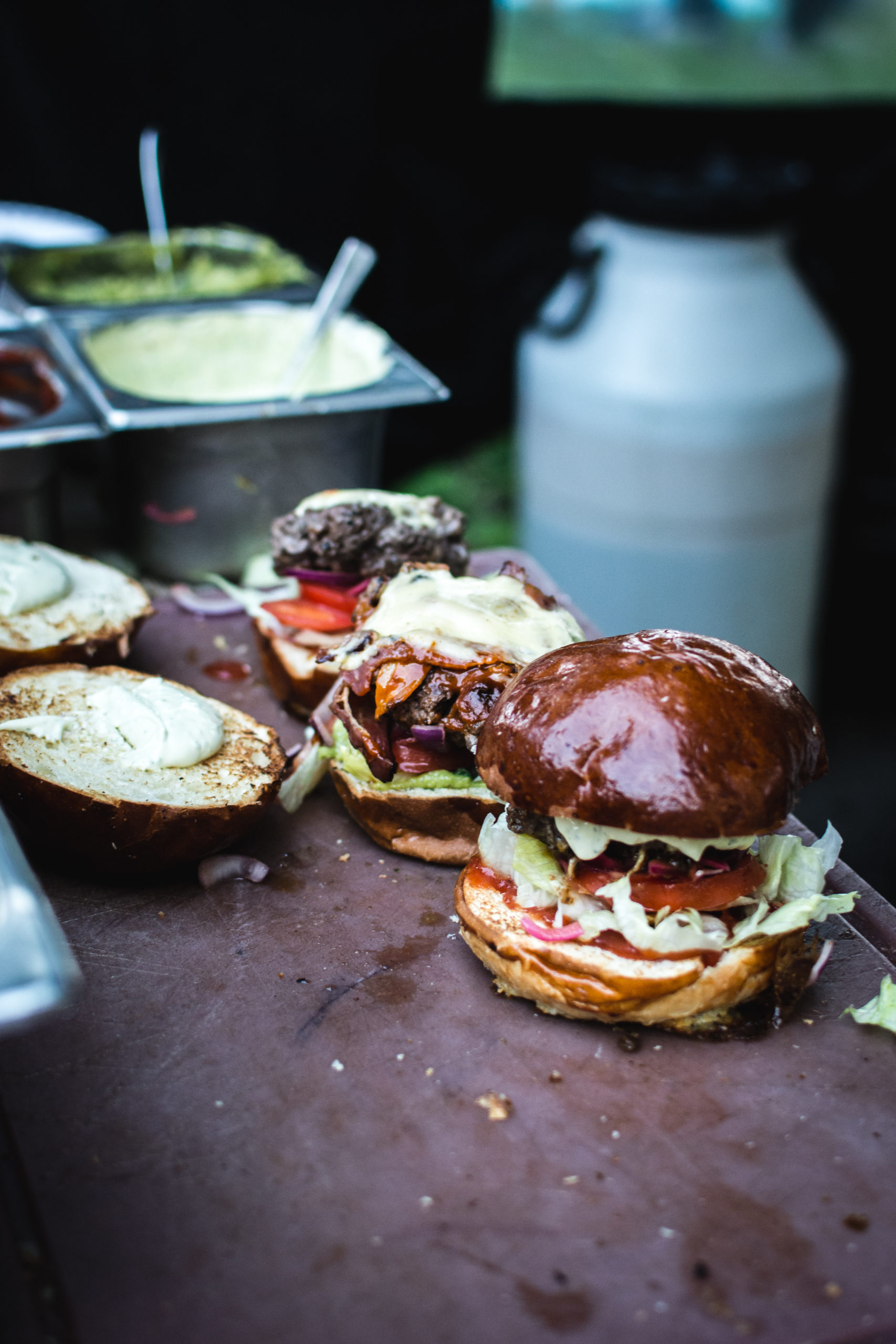The time of year has come when the patio furniture is finally dusted off and the grill can be wheeled out to it’s sweet spot on the deck or patio. The smell of fresh cut grass can be sensed in the air and the wind now blow through a bustle of green leaves and limbs. It’s nearly summer and as the day’s get longer so do our moments spent outdoors.
Naturally, we may find ourselves standing at the grill prepping everything we need for dinner from protein to veggies. Clean up is super easy, too, which leaves us more time for socializing and basking in the sunshine.
What we may not realize, however, is that crunchy and charred goodness we love on the outside of our grilled chicken breast may actually be harmful if consumed in great quantities due to a substance that can form during the cooking process called advanced glycation end products or AGE’s. Excessive consumption of AGE’s have been recently linked with diabetes and other chronic diseases so finding ways to minimize them in our diet might be a good idea.
So how are AGE’s formed?
AGE’s are formed both inside our bodies as a natural part of metabolism and are also present naturally in foods. Cooking can result in an increase in the number of AGE’s in these foods. When a food is heated there is an enzymatic reaction that takes place (otherwise known as the Maillard reaction) which turns the food a golden brown color. Just think about buns or rolls and their light golden brown color when they come out of the oven — this is the Maillard reaction! This process is a part of normal cooking and only becomes problematic we accumulate too many of these substances in our bodies over time.
When foods are exposed to high-heat, particularly the dry heat like that found on a grill, they produce more AGE’s as compared to foods cooked at lower, more moist methods of cooking (like stewing, braising or baking). Other high temp cooking methods like broiling, roasting, searing and frying also accelerate the new AGE formation in foods. Animal derived proteins like your chicken and steak are particularly susceptible to the formation of these harmful AGE’s when cooked at high temps.

Does this mean you should stop grilling completely?
No. Just like everything else in life, there must be a balance! Our modern diet and lifestyle lends itself to, what might be, higher than needed AGE intake but there are a few things we can do to minimize our exposure. Check out the tips below:
- Limit grilling out to 1-2 times/week max. When you do grill, try to cook most of your food, especially fatty meats, on the perimeter or second rack of the grill where the heat is not as hot or intense.
- When using high temp and dry cooking methods like grilling, opt for meat that is leaner (i.e. lower in fat). Fattier cuts of meat are subject to higher AGE formation when exposed to high temperatures.
- Marinade your meats in sauce made with lemon juice or vinegar. Research finds that beef that was marinated in acidic solutions made of lemon juice or vinegar for 1 hour before cooking lowered AGE formation significantly. (Check out the recipe below!)
- Consider making your meats a side dish, rather than the main event. Since animal products are naturally higher in AGE’s than plant foods, it’s worth considering smaller portions of meat (3-5 oz) in general.
- Opt for recipes that use low or brief cooking temperatures like stewing, baking, or simmering a majority of the time.
If you are someone who has diabetes or renal disease or is at risk of getting diabetes, minimizing your AGE intake might be more important for you as compared to others who do not fall in these categories.
[ultimate-recipe id=”565″ template=”default”]
Hope this post helped you learn more about AGE’s and what you can do to minimize them in your diet.
Happy Grilling!
References:



